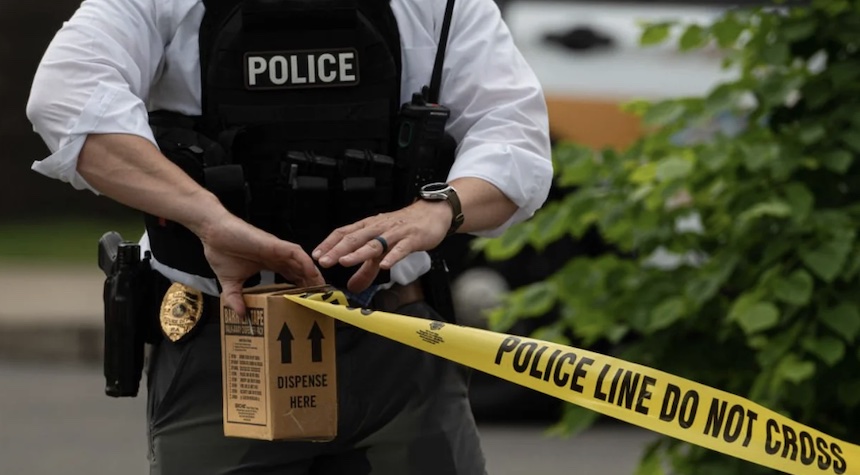According to FBI data, almost half of all murders in America remain unsolved despite rising crime rates. This is according to separate analyses by the Marshall Project (a non-profit organization) and the Murder Accountability Project (a for-profit organization).
According to the FBI’s most recent statistics, the “clearance rate” for murders, the rate at which they were solved, fell from 71% in 1980 to a lot of 50% in 2020. The FBI will not release data for 2021 until later in the year.
Homicides are usually cleared when at least one person is arrested and indicted for the crime.
The Marshall Project reveals that law enforcement agencies use different definitions of clear homicides. This makes it difficult to track the exact data. The Marshall Project explained, for example, that agencies can clear cases if a suspect is identified but not charged or arrested.
The FBI, on the other hand, calculates clearance rates by multiplying the number of cleared homicides, regardless of year, by the number reported in that year.
According to the FBI, at least 400 murders were cleared in 2020 by “exceptional methods.” This means that police believed that they had sufficient evidence, but failed to make an arrest. It could be that the suspect died or was not extradited.
Law enforcement solved 1,200 homicides more in 2019 than the previous year, but homicides rose by 30% between 2019 and 2020. Accordingly, one in every two homicide cases was solved.
During that same period, national clearance rates for rape were 30%, assault 47%, and robbery 27%. Burglaries, thefts, and arsons had the lowest clearance rates, between 14-21%.
“We’re on the verge of being the first developed nation where the majority of homicides go uncleared,” Thomas Hargrove, founder of the Murder Accountability Project, told the Guardian.
Peter Moskos, a John Jay College of Criminal Justice professor, told the Marshall Project that the low clearance rates could be due to negative police rhetoric.
“If people criticize the police constantly, it is natural that people would be less willing to talk to police,” Moskos stated.
Retired homicide detective John Skaggs echoed a similar sentiment, telling the Guardian, “You hear every cop saying, ‘We can’t do better because they don’t cooperate.’”
Philip Cook, a public policy researcher at the University of Chicago Urban Labs, claimed that the low clearance rate could be a sign of progress.
“It also could be that the standards for making an arrest have gone up and some of the tricks they were using in 1965 are no longer available,” Cook told the Marshall Project.


